Have you ever reached for your cat, only to be met with a look of pure betrayal? It’s a heart-sinking moment—especially when all you want is a cuddle. Some cats act like you’re trying to steal their soul when you lift them off the ground. But here’s a surprising truth: even if your feline friend despises being picked up, it’s still entirely possible to form a deep, loving bond. It just takes a different approach—a bit of patience, creativity, and yes, respect for your cat’s unique quirks. Let’s unravel the secrets to connecting with the pick-up-averse kitty in your life.
Understanding Why Some Cats Hate Being Picked Up

Not all cats are born cuddle bugs. For some, being lifted feels like losing control or being trapped. Imagine suddenly being hoisted into the air by a giant; it’d be scary, right? Many cats have a natural survival instinct that makes them want to keep all four paws on the ground. Sometimes, past trauma or a lack of socialization can make the experience even more stressful. Recognizing that your cat’s reluctance isn’t personal is the first step. Accepting their feelings helps build trust instead of resentment. When you empathize with their fear, you’re already on the path to a stronger bond.
Respecting Your Cat’s Boundaries

One of the golden rules of cat bonding is respect. If your cat flinches, squirms, or bolts when you try to pick them up, listen to what they’re telling you. Forcing the issue will only make things worse in the long run. Instead, let your cat approach you on their terms. Give them space to make choices and watch for signs of comfort or discomfort. When you show that you respect their wishes, you become a safe, trusted figure in their world. This respect lays the foundation for every positive interaction that follows.
Observing Body Language Closely

Cats communicate volumes with their bodies. Learn to read their cues—flattened ears, flicking tails, and dilated pupils are classic signs of stress or annoyance. On the flip side, slow blinks, relaxed postures, and gentle head butts are invitations for interaction. The more you observe, the better you’ll understand what makes your cat tick. This awareness helps you avoid crossing lines and allows your cat to feel truly seen. Think of it as learning a new language—a silent conversation that deepens your connection every day.
Creating a Safe Space

Every cat needs a sanctuary—a spot where they feel protected and at ease. This could be a cushy bed in a quiet corner, a cozy box, or a sunny window perch. When your cat knows they have a retreat, they’ll feel more confident exploring and engaging elsewhere. Avoid disturbing your cat when they’re in their safe spot. By showing respect for their territory, you prove you’re not a threat. Over time, this trust will spill over into your everyday interactions, making bonding much easier.
Letting Your Cat Initiate Contact

Patience is your best friend when bonding with a cat who hates being picked up. Instead of pursuing them, try sitting quietly nearby with an inviting posture. Let your cat come to you, even if it takes a while. Offer a hand to sniff or gently extend a finger in greeting. When your cat chooses to approach, it’s a sign of trust. These small victories are the building blocks of a lasting relationship. Letting your cat take the lead transforms you from a source of stress to a source of comfort.
Engaging in Interactive Play

Playtime isn’t just for kittens—it’s a powerful way to connect with cats of all ages. Use wand toys, laser pointers, or even a crumpled paper ball to spark your cat’s curiosity. Interactive play lets your cat express natural hunting instincts without the pressure of physical contact. It’s also a great outlet for pent-up energy and stress. Play sessions create positive associations with your presence, making your cat more likely to seek you out. Plus, it’s just plain fun for both of you.
Offering Treats and Positive Reinforcement

Few things melt a cat’s heart faster than a tasty treat. Use treats to reward calm behavior, gentle approaches, or even just being in your company. Over time, your cat will associate you with good things happening. You can also pair treats with gentle praise or a soothing voice. Be careful not to overdo it—obesity can sneak up on indoor cats. Think of treats as little tokens of friendship, building trust one bite at a time.
Using Gentle Petting Techniques

Some cats hate being picked up but adore a good cheek rub or chin scratch. Learn where your cat likes to be petted—usually around the head, cheeks, and under the chin. Avoid the belly and base of the tail, which can be sensitive zones. Keep petting sessions short and sweet at first, watching for signs of enjoyment or overstimulation. Gentle petting can reassure your cat and create moments of calm connection. If your cat leans in or purrs, you’re doing it right.
Building Trust With Routine and Consistency

Cats are creatures of habit, and predictable routines make them feel safe. Feed your cat at the same times each day and keep play, cuddle, and grooming sessions consistent. Routines help your cat know what to expect and when to expect it. When life feels predictable, anxiety drops and trust grows. Even small rituals—like a nightly treat or morning greeting—can become cherished moments that reinforce your bond.
Talking Softly and Often

Your voice is a powerful tool for reassurance. Speak to your cat in a gentle, melodic tone—think of it as a lullaby for their nerves. Narrate what you’re doing or simply say their name with affection. Some cats even respond to singing! Over time, your voice becomes a source of comfort and familiarity. This ongoing verbal connection deepens your relationship, even when physical contact is limited.
Using Scent to Build Familiarity

Cats have a world-class sense of smell and rely on scent for comfort and recognition. Leave a worn t-shirt or blanket in their favorite spot to mingle your scents. You can also gently rub a soft cloth on your cat’s cheeks, then on your hands, to create a shared “family” scent. This helps your cat feel like you belong together. Scent is a subtle but powerful way to reinforce bonds, especially with cats who are wary of touch.
Respecting Nap Time and Privacy

Interrupting a cat’s nap is like waking a grumpy teenager before noon. Cats need plenty of rest, and disturbing them can make them cranky or anxious. Give your cat space during downtime—let them come to you when they’re in a social mood. Respect for their need to recharge shows you understand and care about their well-being. This respect will be repaid with more willingness to engage when your cat is awake and alert.
Introducing Gentle Grooming Sessions
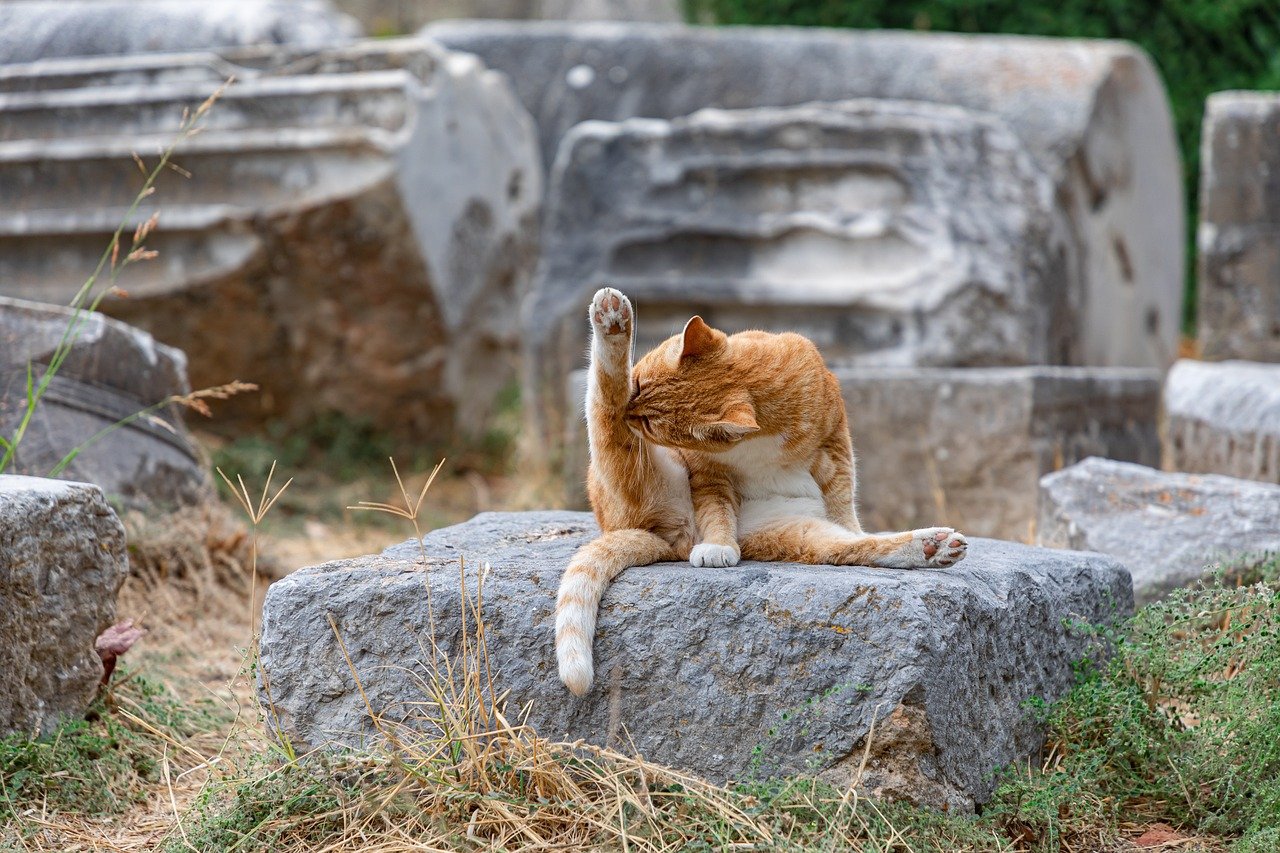
Brushing your cat can be a soothing experience if done gently and at the right time. Start with short, positive sessions, using a soft-bristled brush. Focus on areas your cat enjoys and always watch for signs of discomfort. Grooming not only helps with shedding but also offers a way to bond without lifting or restraining your cat. Over time, grooming may become a special ritual you both look forward to.
Creating Enriching Environments

A bored cat is a stressed cat. Offer a variety of toys, scratching posts, and climbing structures to keep your feline entertained. Window perches or bird feeders outside can turn your cat into a happy spectator. Enrichment reduces anxiety and builds confidence, making your cat more open to social interactions. When your cat feels stimulated and content, they’re more likely to seek companionship—even if it’s just sitting near you.
Using Food Puzzles and Feeding Games
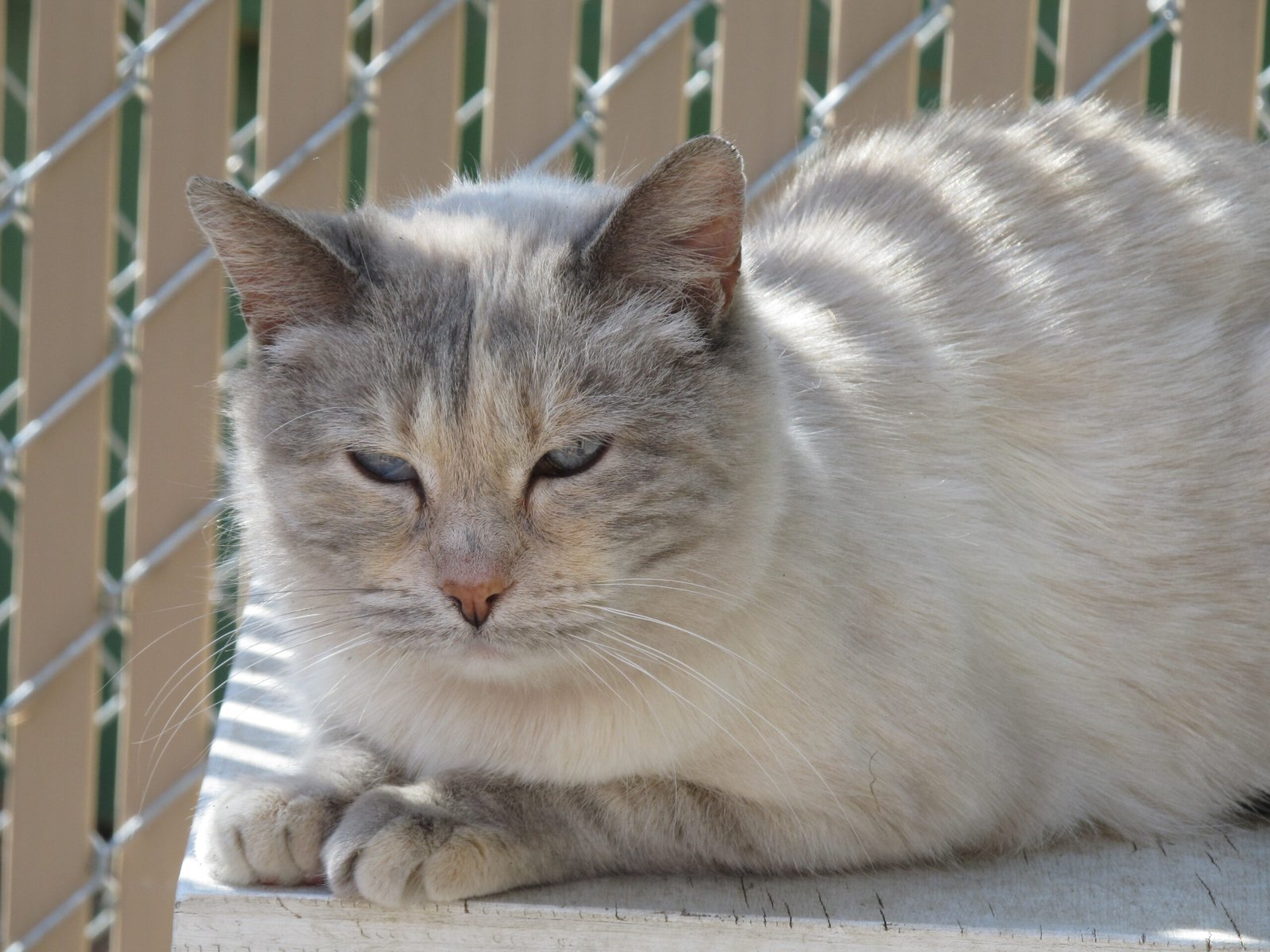
Turn mealtime into a bonding opportunity by using food puzzles or treat-dispensing toys. These activities engage your cat’s mind and tap into their natural hunting instincts. Solve the puzzle together or cheer your cat on as they work it out. Such games build confidence and make your presence a source of fun and excitement. Plus, they help prevent boredom and overeating.
Inviting Your Cat to Join You on Furniture

Instead of picking up your cat, invite them to sit beside you on the couch or bed. Pat the surface gently and use a treat or toy as encouragement. Over time, your cat may choose to hop up on their own. Sharing space this way lets your cat feel close without feeling restrained. It’s a small but meaningful step toward greater closeness.
Practicing Patience Every Day
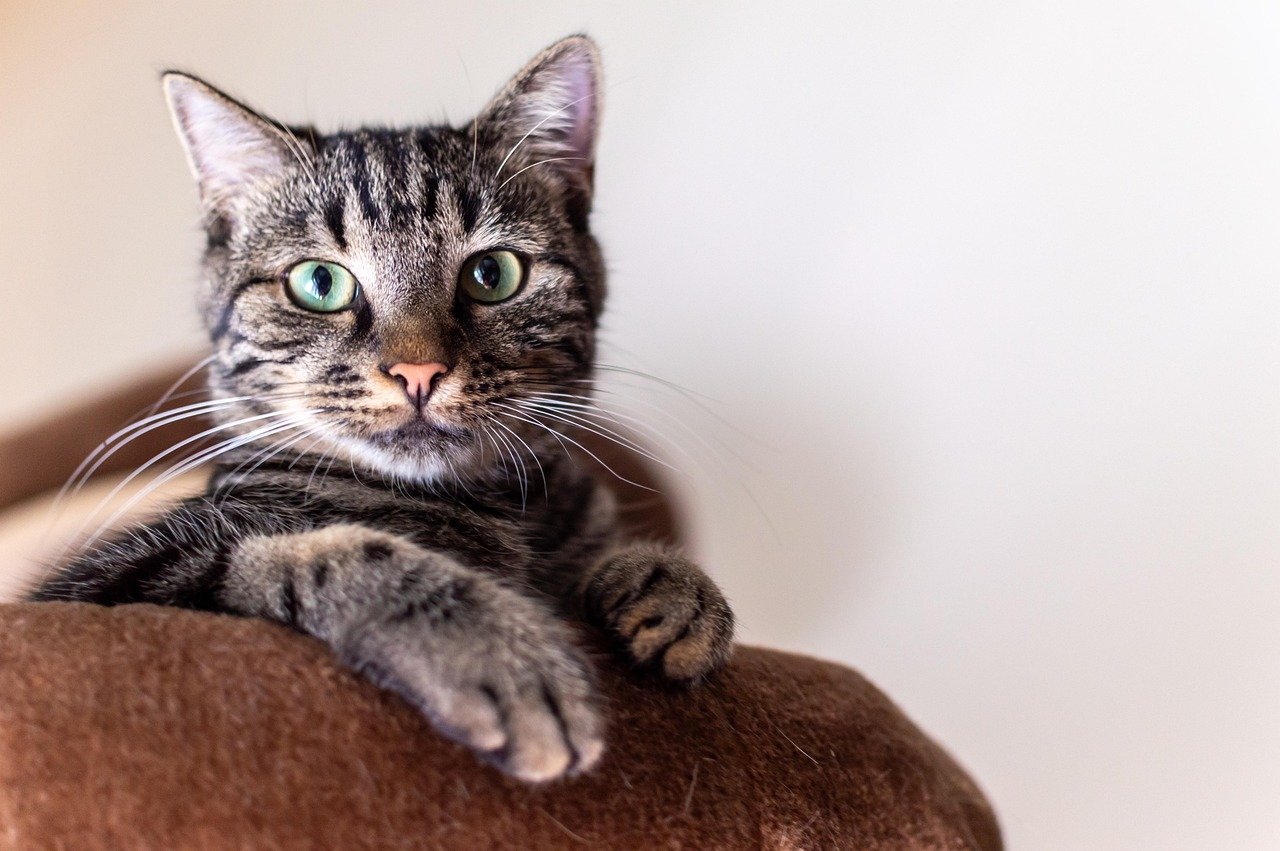
Bonding with a cat who hates being picked up isn’t a sprint—it’s a slow, scenic walk. Celebrate tiny milestones, like a nose boop or a purr in your lap. Some days will be better than others, and that’s okay. The key is consistency and patience. Your gentle persistence will show your cat that love doesn’t mean pressure. Eventually, your patience will pay off in surprising ways.
Introducing Clicker Training
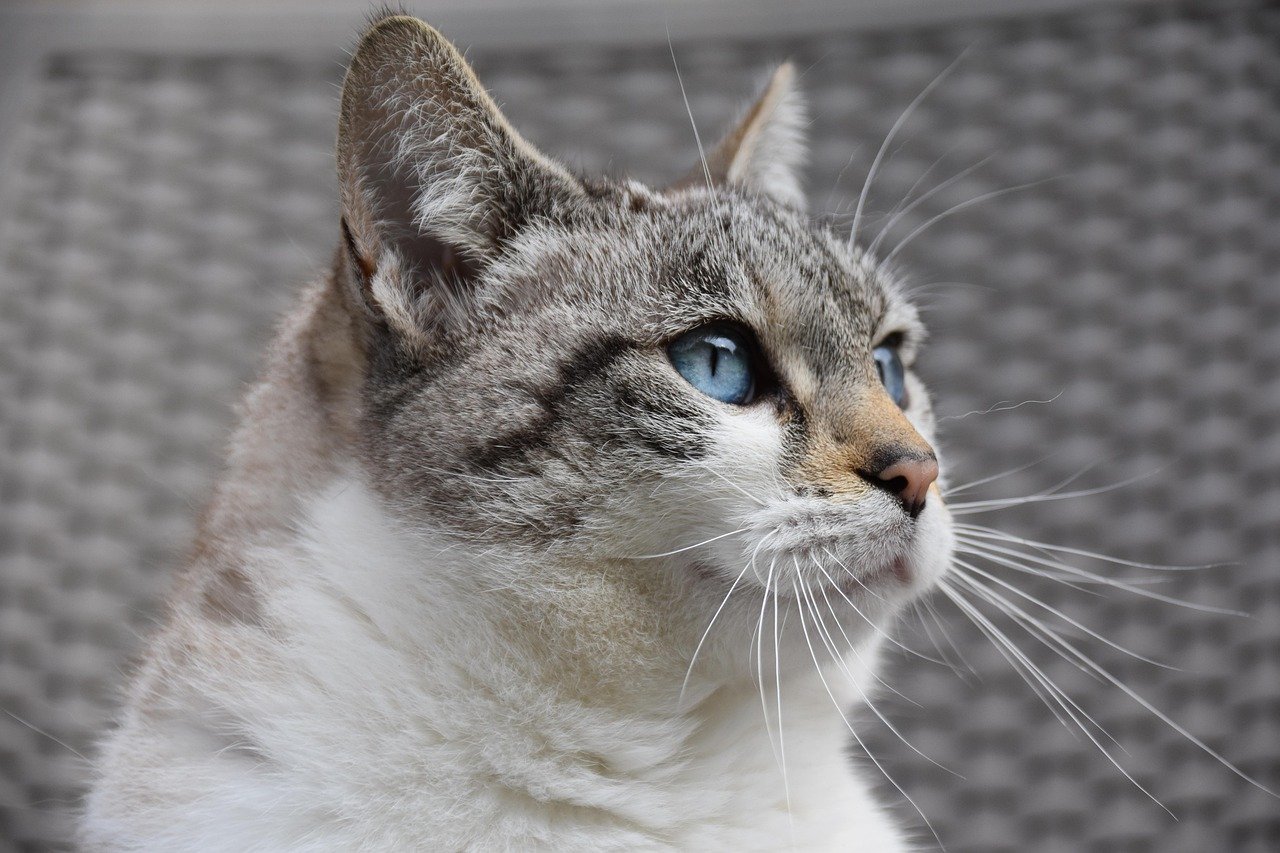
Clicker training isn’t just for dogs—it can work wonders for cats, too. Use a small clicker and treats to reward desired behaviors, like coming when called or sitting near you. Training sessions are short, positive, and mentally stimulating. They also help your cat see you as a source of fun rather than stress. Over time, this shared activity can bring you closer—even without hugs.
Respecting Individual Personality

Every cat is a unique individual, shaped by genetics, history, and temperament. Some cats will always prefer admiring you from afar, and that’s perfectly okay. Celebrate what makes your cat special instead of wishing they were different. Embrace their quirks—a cat who “talks” instead of cuddling, or one who wants to play but not snuggle. When you accept your cat as they are, you create space for genuine, lasting connection.
Celebrating Non-Physical Affection

Affection takes many forms, and not all of them involve touch. Cats show love through slow blinks, following you from room to room, or just quietly sharing space. Learn to recognize and appreciate these subtle signs. Respond with gentle words, shared routines, or simply being nearby. Non-physical affection can be every bit as meaningful as a bear hug—sometimes even more so.
Knowing When to Seek Help
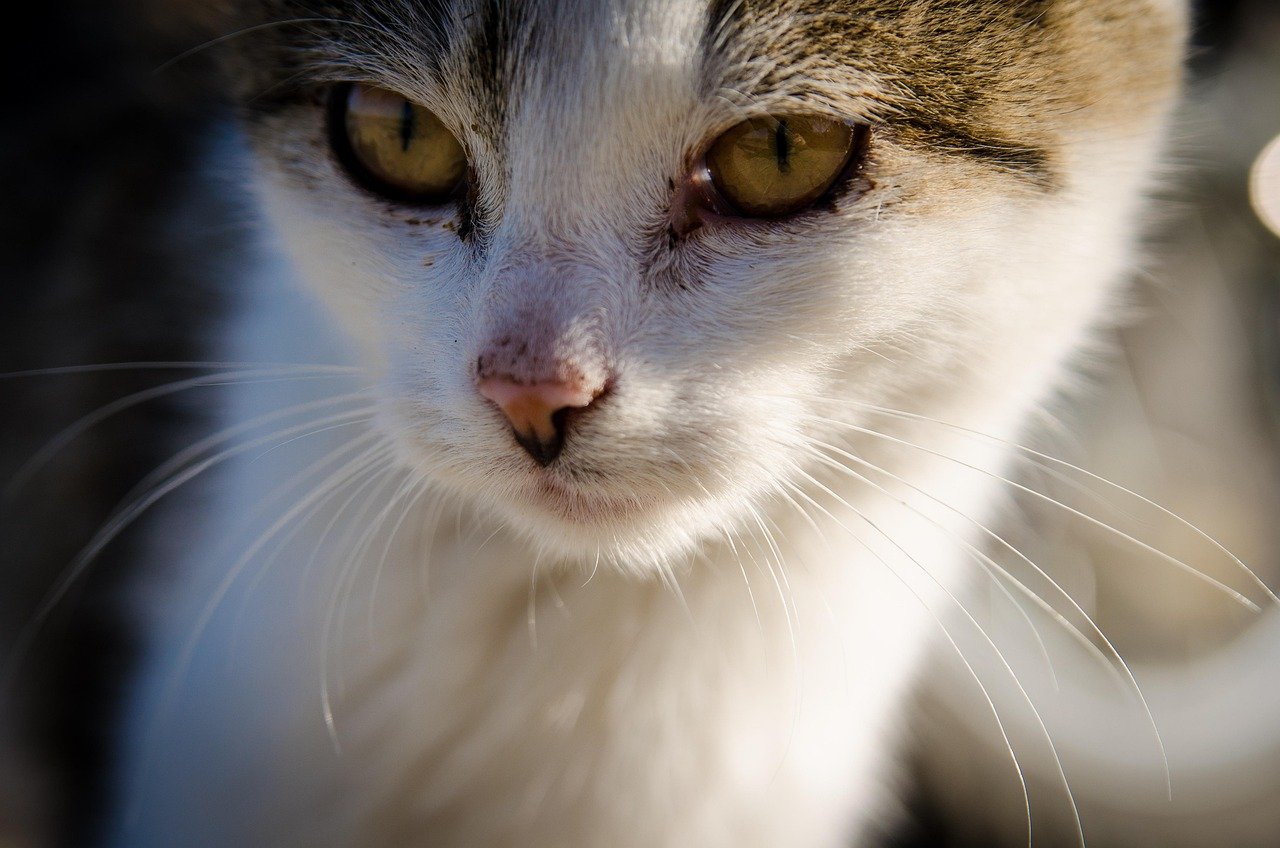
If your cat’s fear of being picked up is extreme or comes with aggression, it might be time to consult a veterinarian or feline behaviorist. Sometimes, underlying pain or medical issues can cause discomfort. Don’t try to “fix” major issues alone—an expert can help you and your cat find better ways to connect. Seeking help isn’t a failure; it’s a step toward a happier, healthier relationship.
And that’s the journey—filled with patience, respect, and unexpected joys. Would you have guessed that the best cat bonds are often built from the ground up, one paw at a time?
Hi, I’m Bola, a passionate writer and creative strategist with a knack for crafting compelling content that educates, inspires, and connects. Over the years, I’ve honed my skills across various writing fields, including content creation, copywriting, online course development, and video scriptwriting.
When I’m not at my desk, you’ll find me exploring new ideas, reading books, or brainstorming creative ways to solve challenges. I believe that words have the power to transform, and I’m here to help you leverage that power for success.
Thanks for stopping by, Keep coming to this website to checkout new articles form me. You’d always love it!






